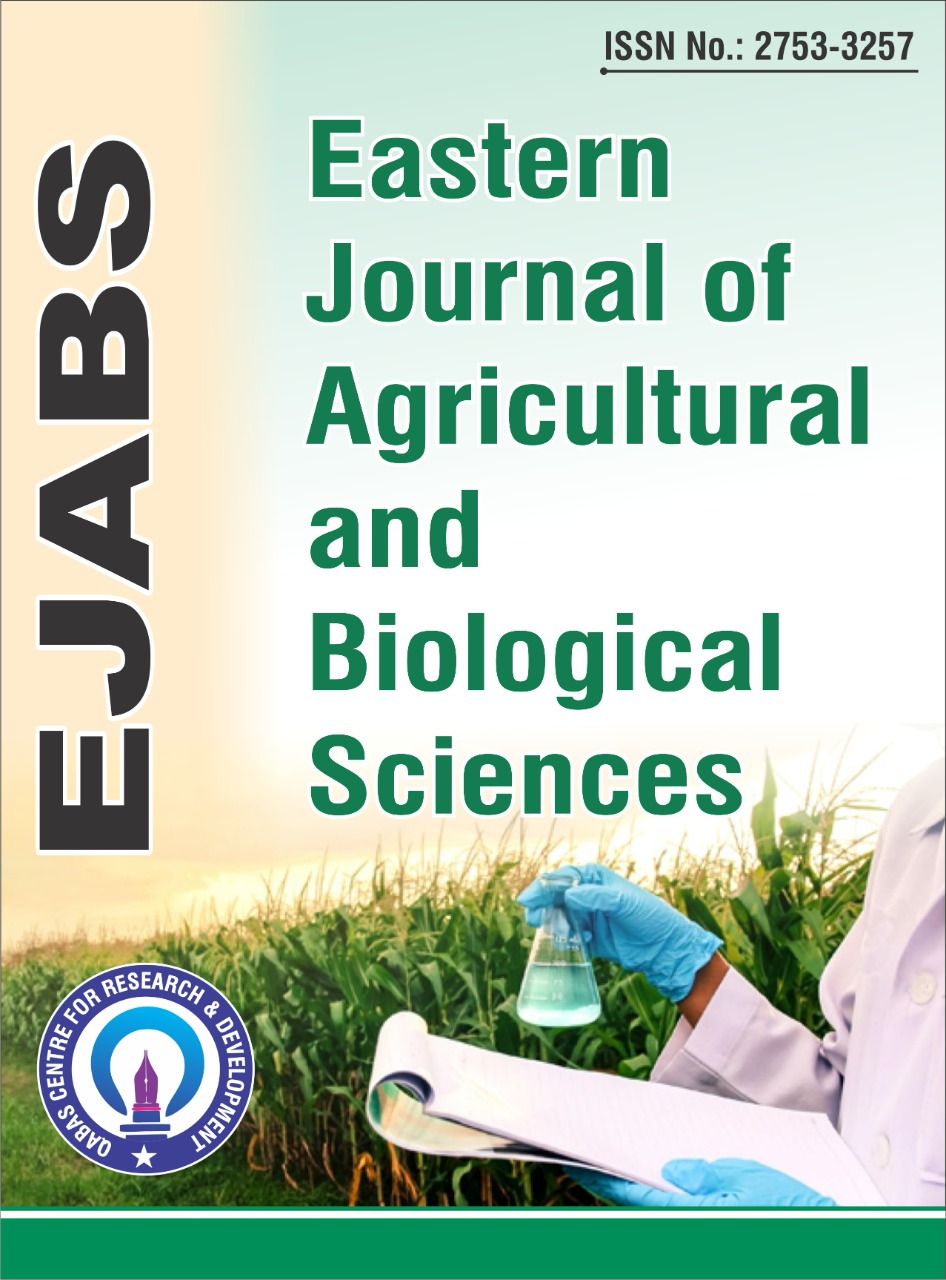High-Resolution Imaging of Trichomonas vaginalis Infection in Cervical Epithelial Cells: Unraveling Parasite - Host Interaction Mechanisms
Abstract
Trichomonas vaginalis is poorly characterized and although it represents a significant burden to health services, the intimate details of the interactions of this protozoan parasite with cervical epithelial cells are still unknown. Employing state of the art imaging technology, especially scanning (SEM) and transmission (TEM) electron microscopy, in this study, we visualized, for the first time, aspects of the enigmatic mechanisms of parasite-host interactions, strain-specific differences, the time-dependent changes post-infection as well as ultrastructural alterations in host cells. Results of this pilot study were compared with a control group of cells not exposed to the parasite. Results Cells infected with T. vaginalis showed highly significant differences in their morphology and ultrastructure compared to the control cells (P <0.001). The changes observed in this study should help to understand the pathogenesis of T. vaginalis and in developing improved strategies for diagnosis and the design of effective drug and vaccine therapies. Future studies will be focused on the underlying molecular basis and significance for public health









